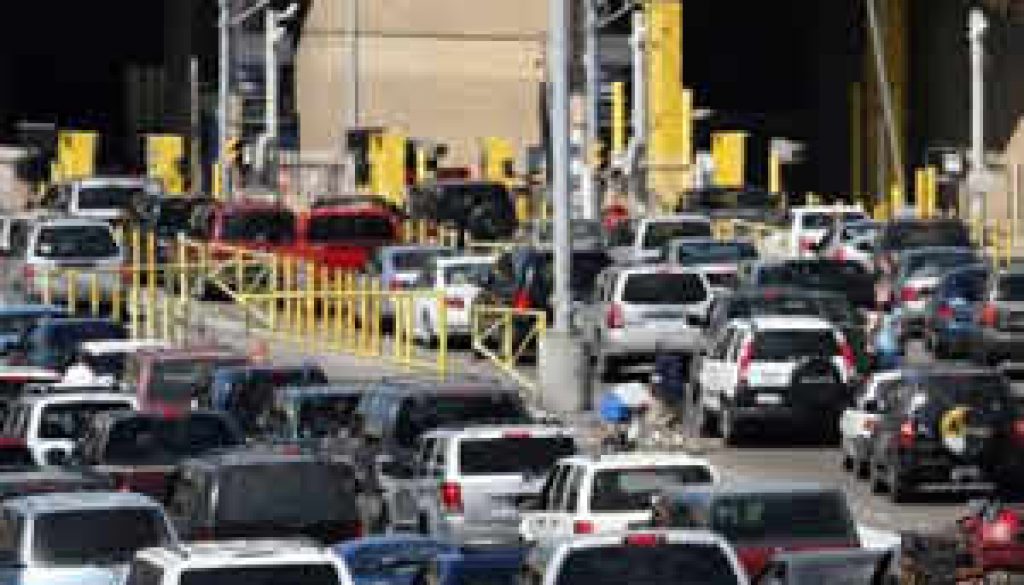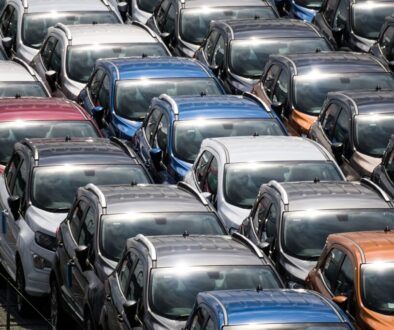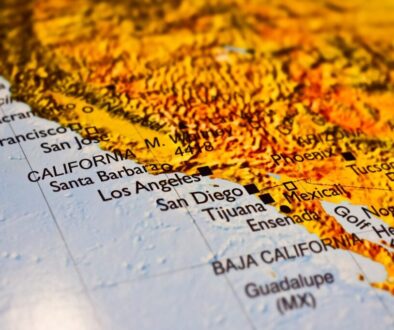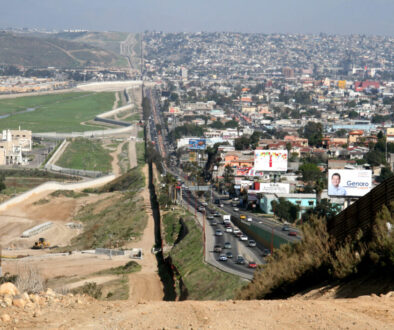Border infrastructure plan – Second semester 2013
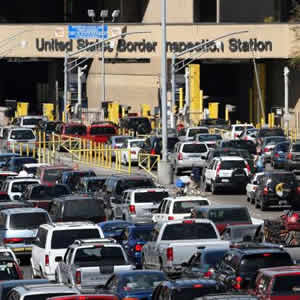 By Adina Moloman
By Adina Moloman
Source: San Diego Red
U.S. Customs and Border Protection (CBP) recent construction of eight new kiosks at the Baja California, San Ysidro port of entry to function, starts August 2013, as a “ready lane” pedestrian checkpoint (a special line only for travelers with RFID technology documents)[1] similar to the Otay Border POE.
Daily 100,000 people are crossing San Ysidro border, where 25,000 use the pedestrian crossings. More than 30% of the pedestrian could use the ready lane system, which could be a good project to reduce the transit time for them. So far the deficit in infrastructure investment at the border had to do with the fact that goods and people trying to come over the border often have to wait for hours to get into United states. This costs lost revenue on both sides (California and Baja California are registering economic losses and also US corporations Manufacturing in Mexico).
For motorists, a project in millions is in process to ameliorate the wait, as is in the Otay Mesa II Port of Entry. A study was conducted lately to consider a toll charge to users depending on the traffic at nearby border crossings as a good option for keeping the wait time at the new crossing down to 20 minutes.
The advantage of this new port of entry for motorists is that it will have 10 lanes for commercial vehicles and 10 lanes for passenger vehicles that would be connected with major highways in California and Baja California. Even when this project become reality by the end of this year, the main question remains on how to handle the paradigm of security over access in order to keep such short wait times permanently.
[1] The radio Frequency Identification (RFID) technology used for border management is a system that reads from a short distance the identification documents of the passengers in a cross border point, where the RFID chip is read and it signals a database to display biographical information, a photo, and the results of possible criminal activity to the CBP officer as the vehicle pulls up to the inspection booth.


